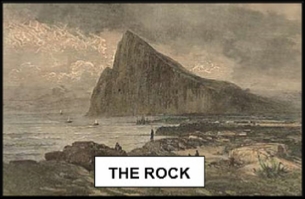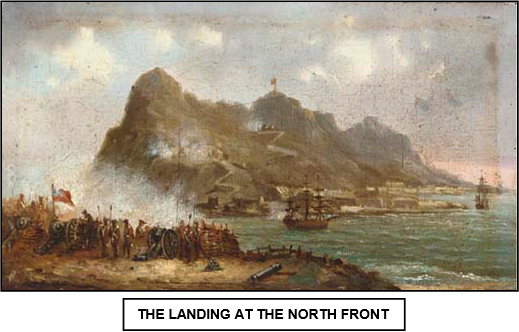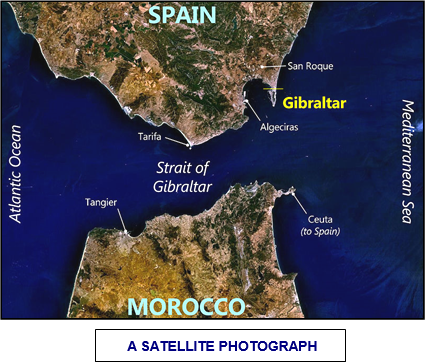


xxxxxAs we have seen, it was in 1462 (E4) that the Muslims were forced to abandon Gibraltar, but it was not annexed by Spain until 1501. It was in July 1704, soon after the outbreak of the War of the Spanish Succession, that an Anglo-
GIBRALTAR IS CAPTURED BY THE BRITISH 1704 (AN)
 xxxxxThe narrow peninsula of Gibraltar and its famous rock was captured by the Muslim commander Tariq ibn Ziyad in 711. The Muslims were forced to abandon it in 1462 (E4), but it was not until 1501 that it was finally annexed to Spain by Queen Isabella I of Castile and Aragon. For the next two hundred years it remained in Spanish hands, but its strategic importance -
xxxxxThe narrow peninsula of Gibraltar and its famous rock was captured by the Muslim commander Tariq ibn Ziyad in 711. The Muslims were forced to abandon it in 1462 (E4), but it was not until 1501 that it was finally annexed to Spain by Queen Isabella I of Castile and Aragon. For the next two hundred years it remained in Spanish hands, but its strategic importance -
xxxxxInxJuly 1704, soon after the outbreak of the War of the Spanish Succession, an Anglo- Dutch marines were landed on the isthmus, but the Governor of Gibraltar refused to surrender. As a consequence, a few days later the fleet began a massive five-
Dutch marines were landed on the isthmus, but the Governor of Gibraltar refused to surrender. As a consequence, a few days later the fleet began a massive five-
 xxxxxBy the Treaty of Utrecht in 1713 the Spanish formally ceded Gibraltar to the British. It was to be held by them “without any exception or impediment whatsoever”. Nevertheless, in the years to come the Spanish were to make a number of attempts to recapture the “Rock”, notably in the year 1727 and, as we shall see, during the Great Siege, beginning in 1779 (G3a).
xxxxxBy the Treaty of Utrecht in 1713 the Spanish formally ceded Gibraltar to the British. It was to be held by them “without any exception or impediment whatsoever”. Nevertheless, in the years to come the Spanish were to make a number of attempts to recapture the “Rock”, notably in the year 1727 and, as we shall see, during the Great Siege, beginning in 1779 (G3a).
xxxxxA few years after taking Gibraltar, the British also captured the islands of Minorca and Sardinia, but the French also made gains. In 1710 they took Mauritius from the Dutch, and the following year seized Rio de Janeiro.
Acknowledgements
The Rock: hand-
AN-


